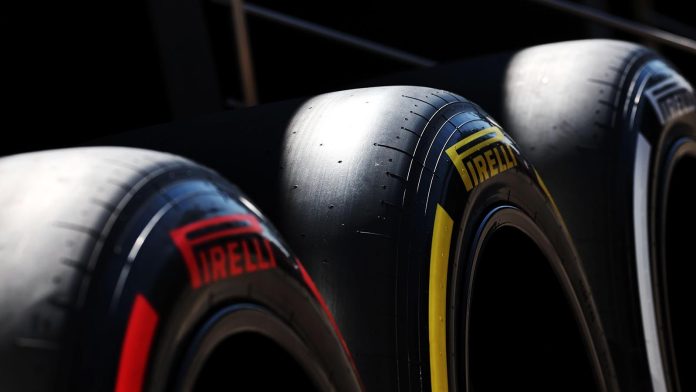In a bid to enhance the connection between Formula 1 technology and road cars, the size of F1 tires increased from 26.4 inches (13-inch wheel rims) to 28.3 inches (18-inch rims) with the introduction of ground effect in 2022. This shift followed the 2017 transition to ‘wide cars,’ which involved a 2.4-inch wider front tire and a 3.15-inch growth for the rear tires compared to the previous 2010-2016 generation.
However, the larger tires have contributed to a new minimum car weight limit of 798kg, leading to driver complaints about sluggish and understeering machinery. This issue has partly offset the desired gains in overtaking resulting from the regulatory overhaul, especially in slow-speed handling.
Pirelli, having extended its F1 contract to exclusively supply tires until 2027, with an option for an additional season, anticipates a design brief that would revert to smaller and lighter tires. Pirelli’s motorsport boss, Mario Isola, mentioned that the target is to design lighter and more agile cars, with tires being a component of the car’s weight. While the specific tire size is not defined yet for 2026, it aligns with the stakeholders’ goal to have a tire design in line with the overall objectives.
Reducing tire size is seen as a meaningful way to make the rubber lighter, given the current construction already relies heavily on weight-saving technology. Isola explained that Pirelli uses high-tech materials in the tire construction, aiming to improve resistance while keeping the weight as low as possible, which is beneficial for both performance and durability.
Additionally, Pirelli has revealed plans to begin the analysis of the 2025 F1 tire construction soon, responding to growing driver complaints about high levels of tire degradation.















